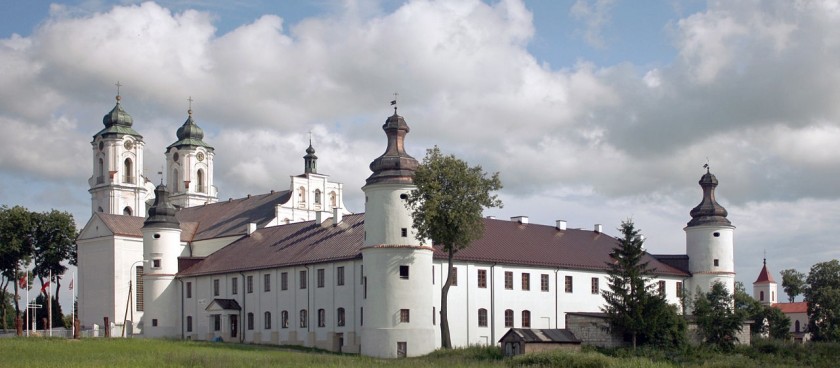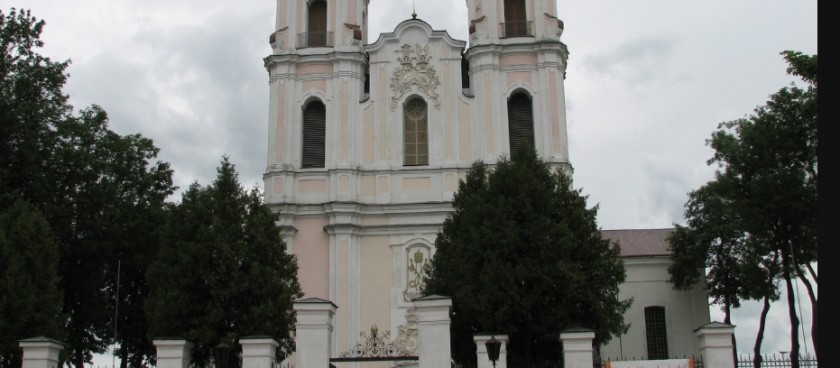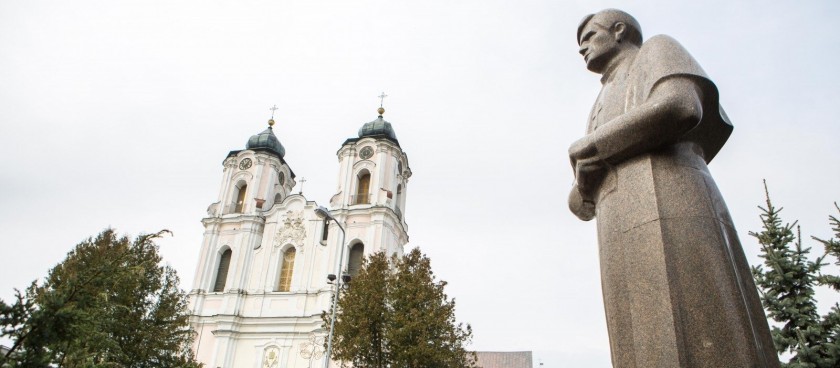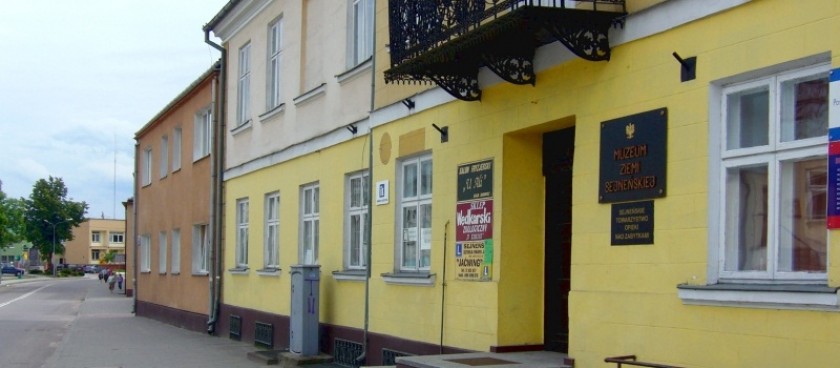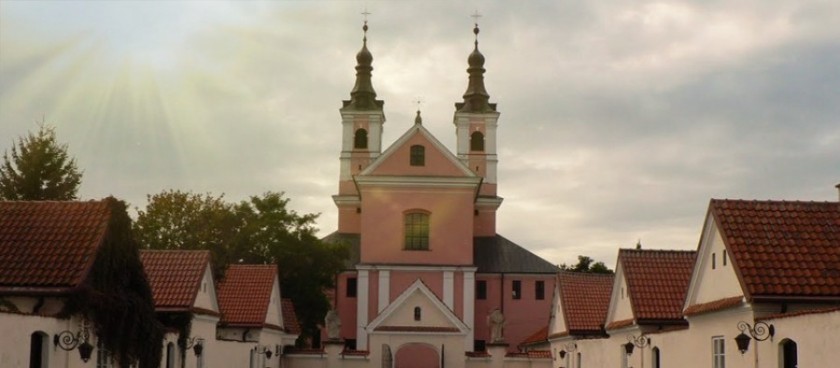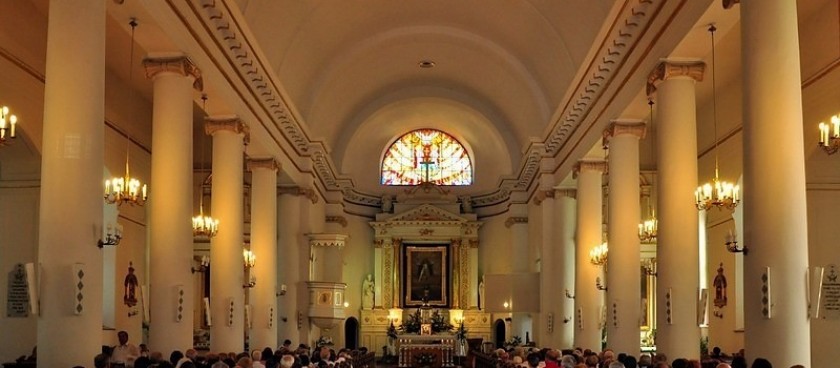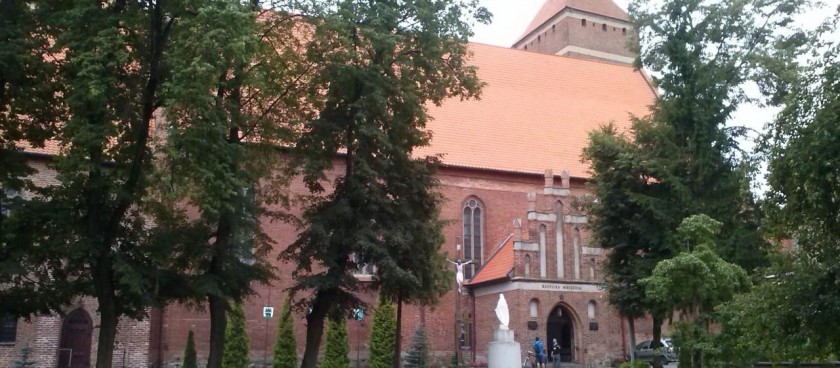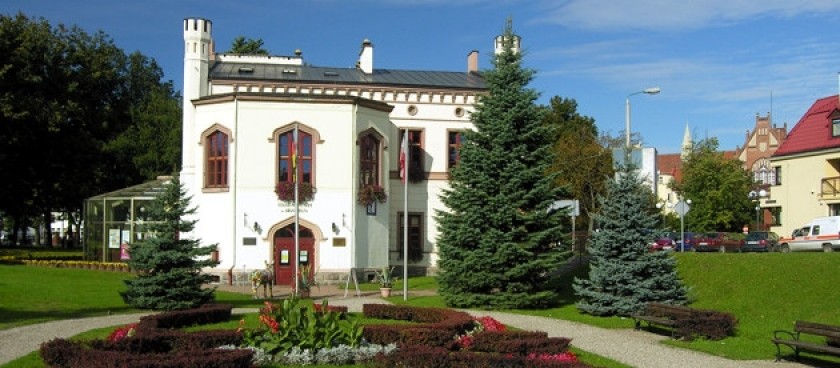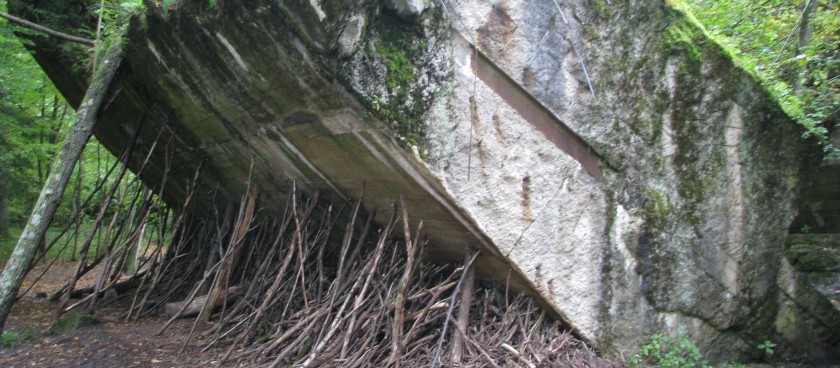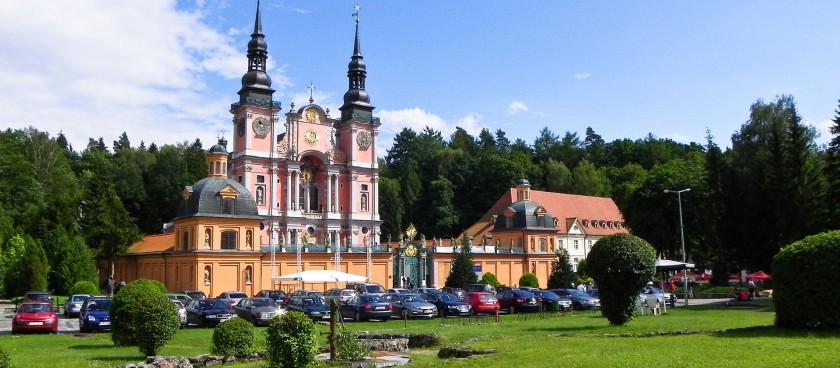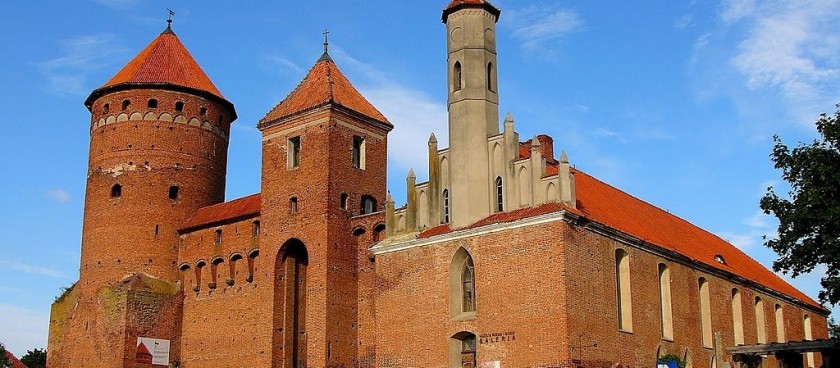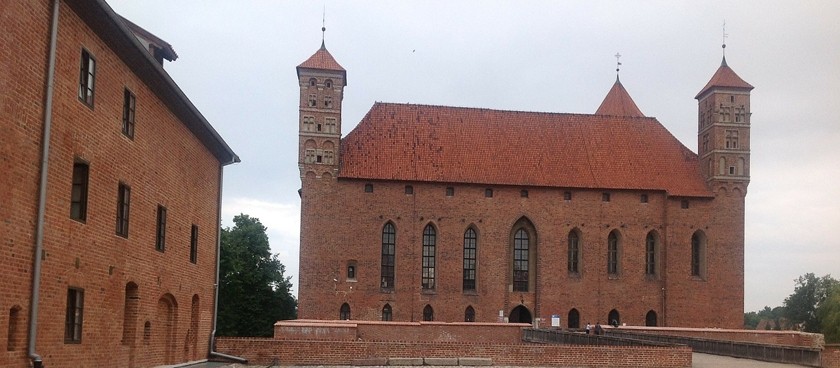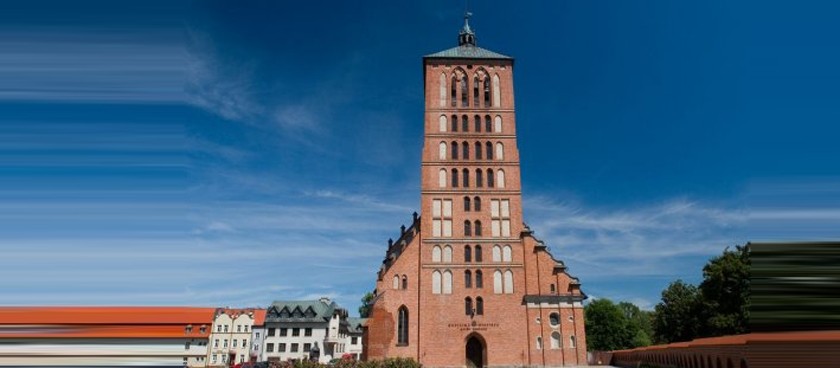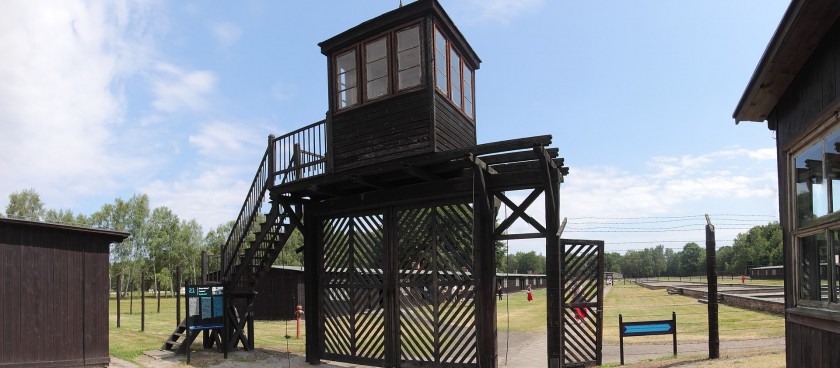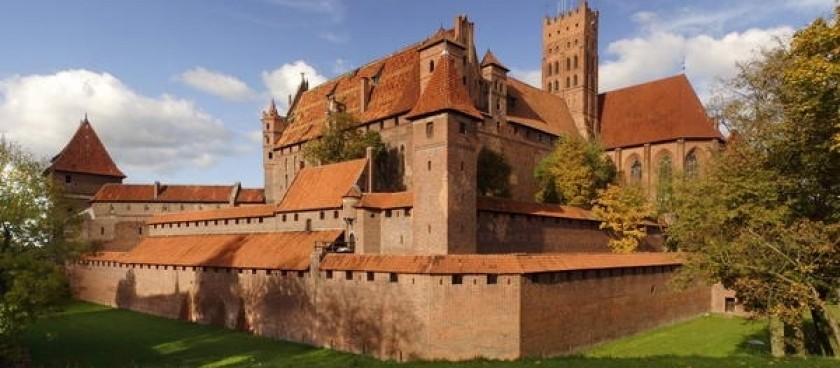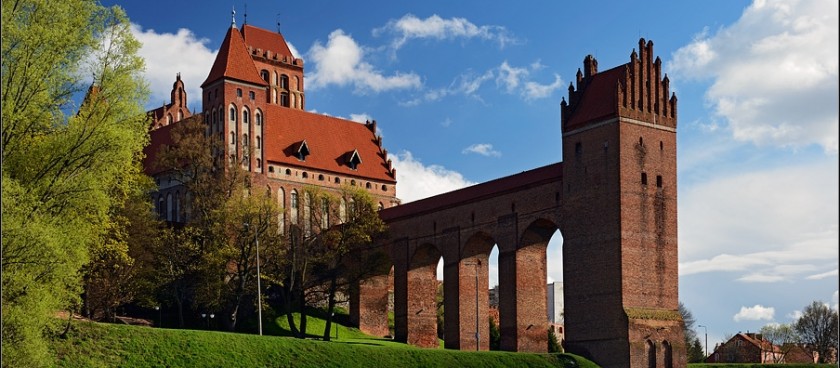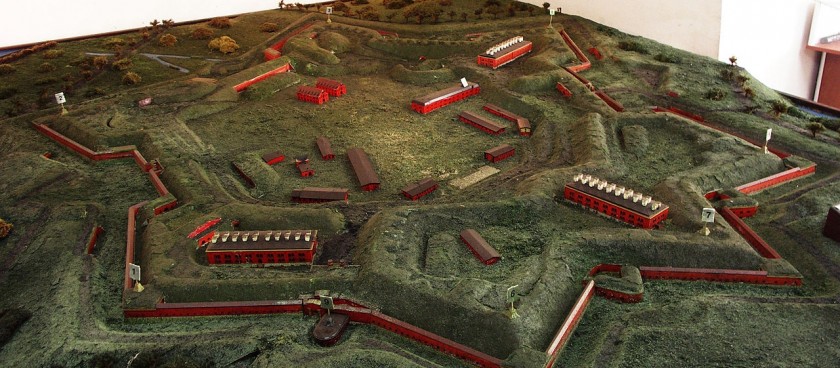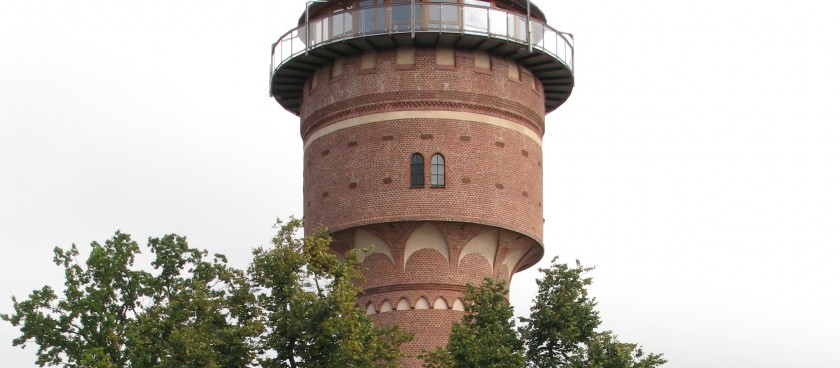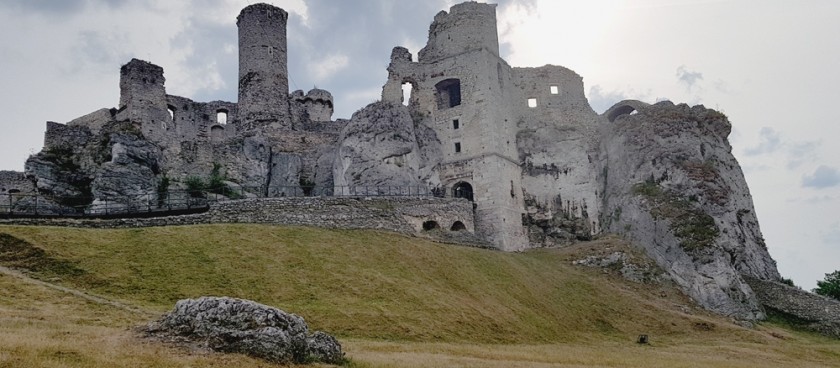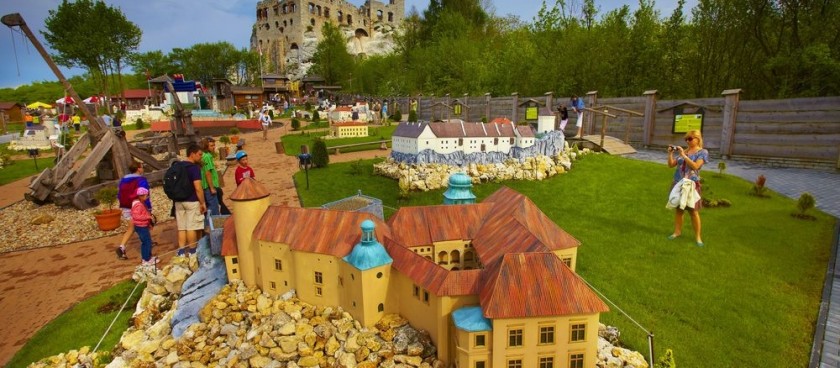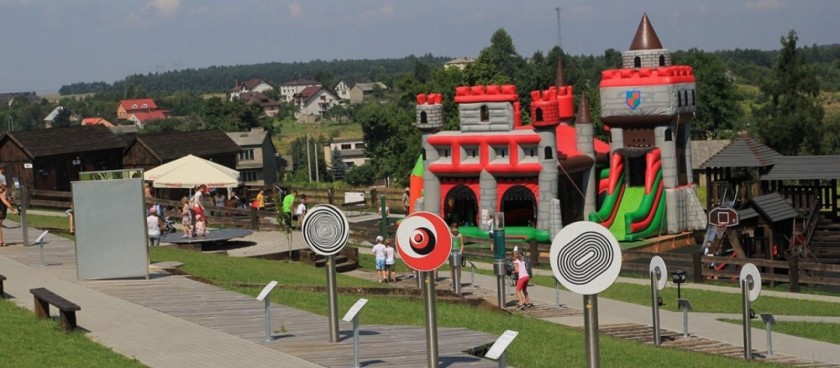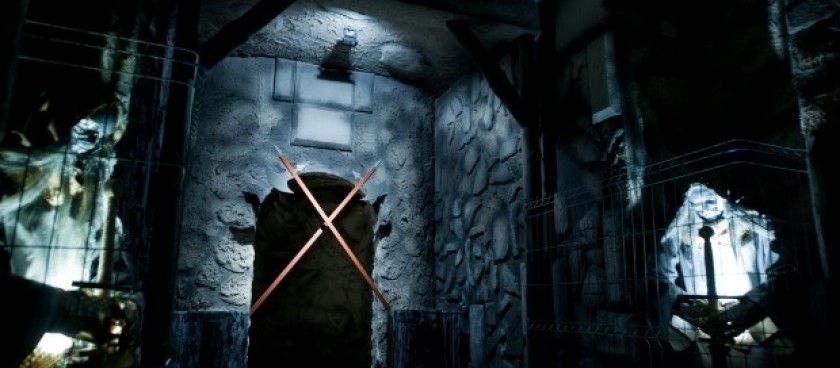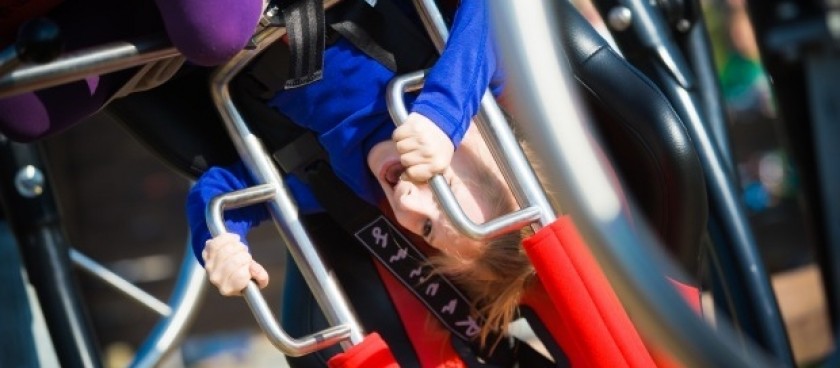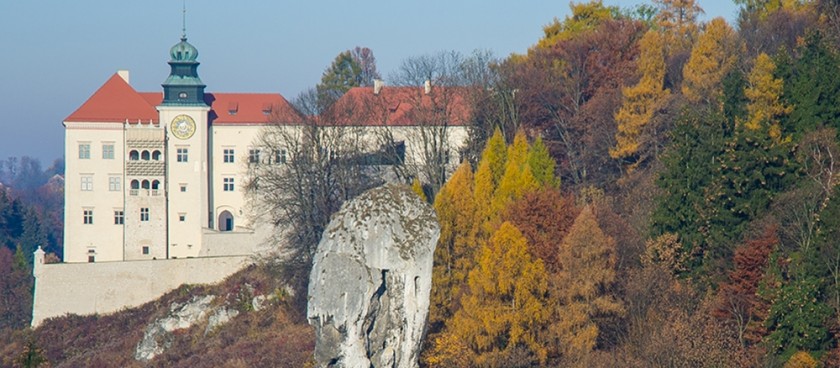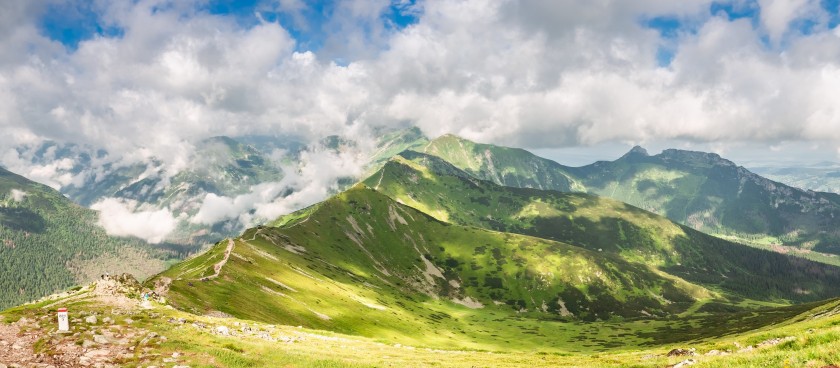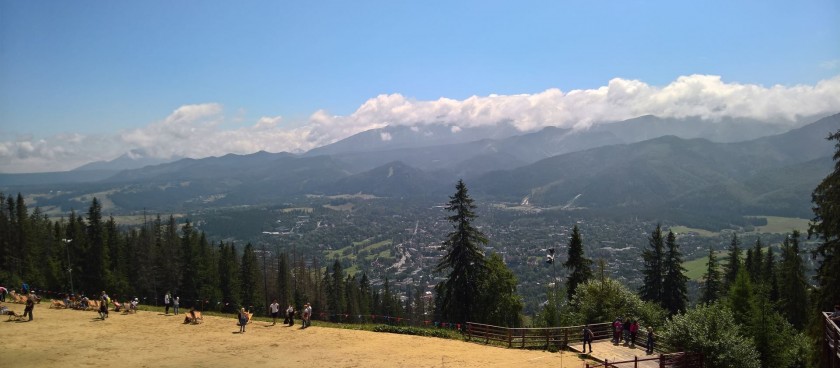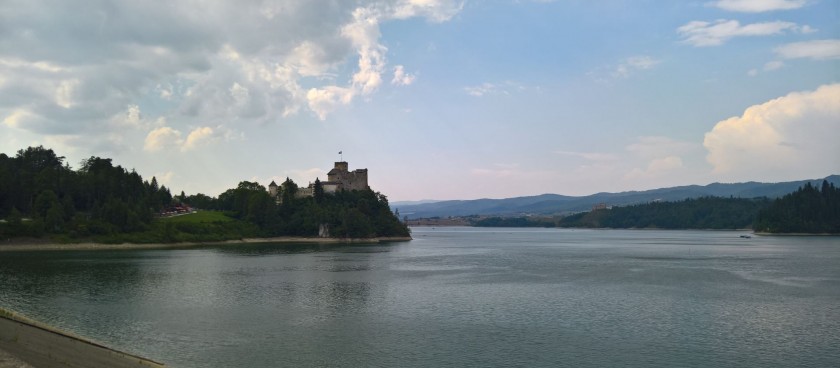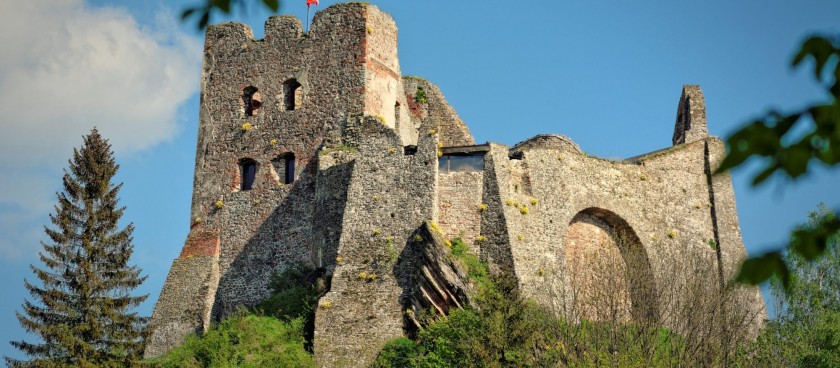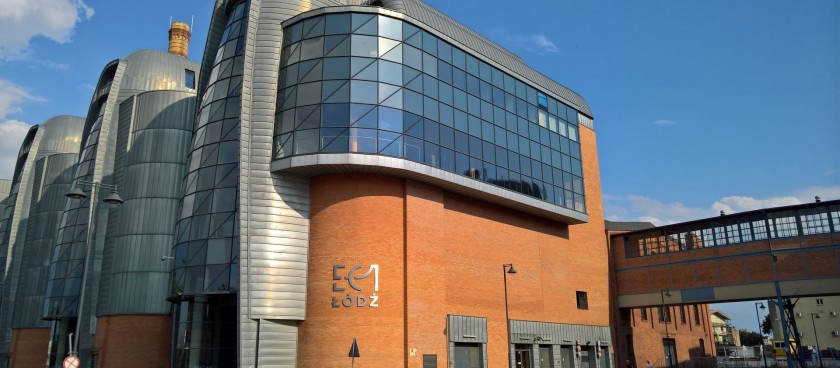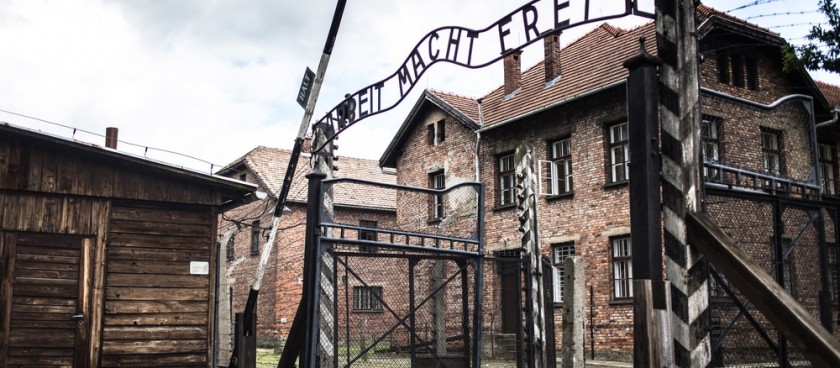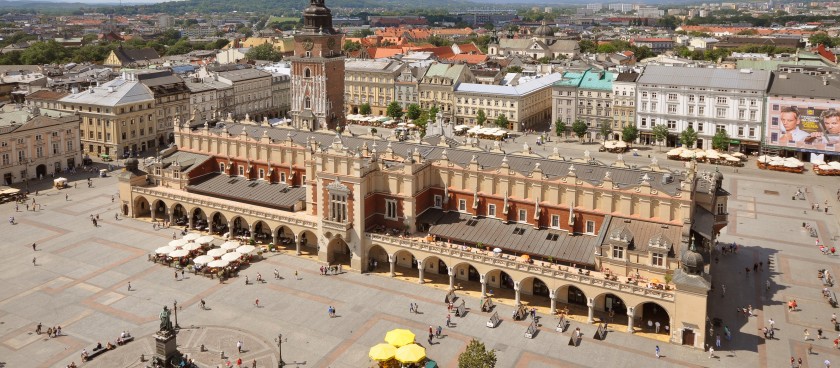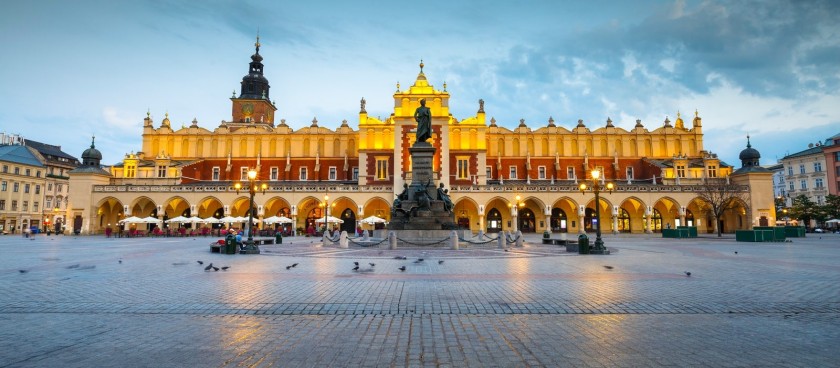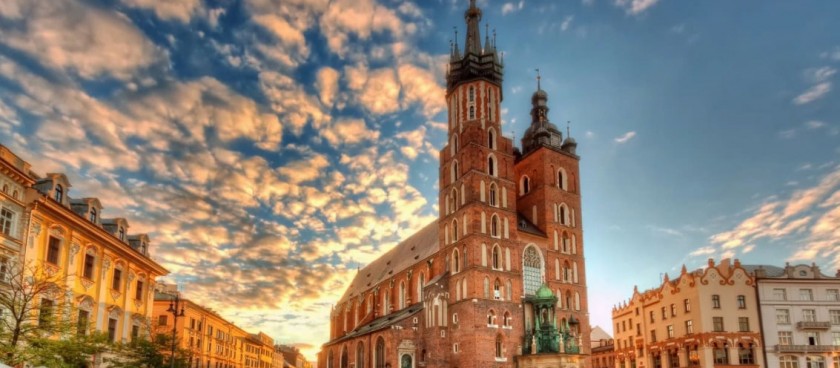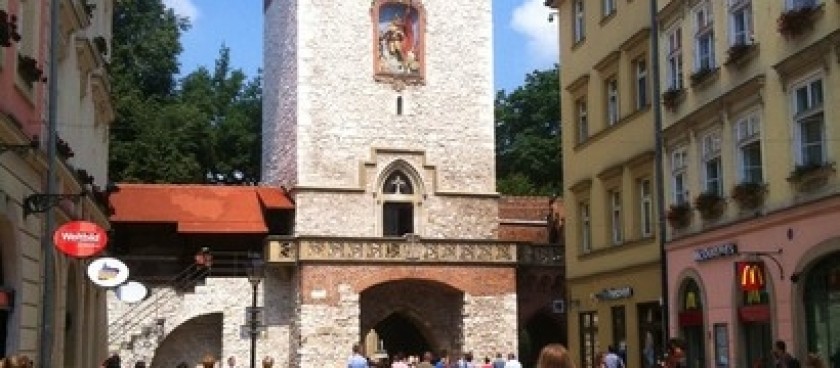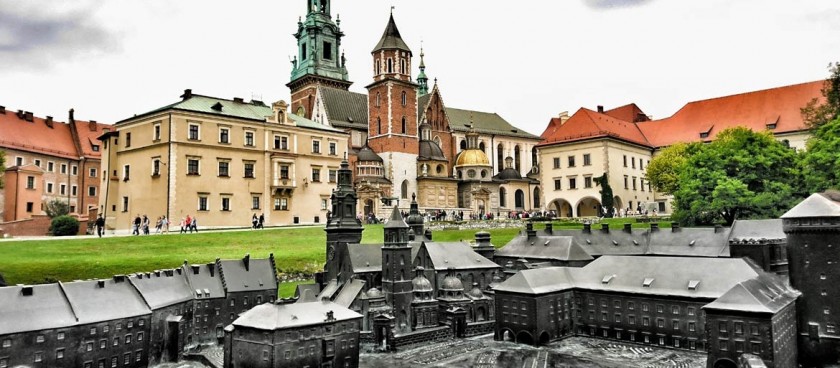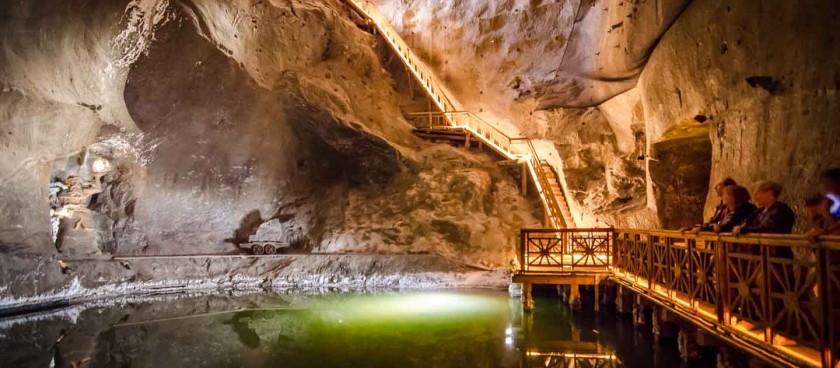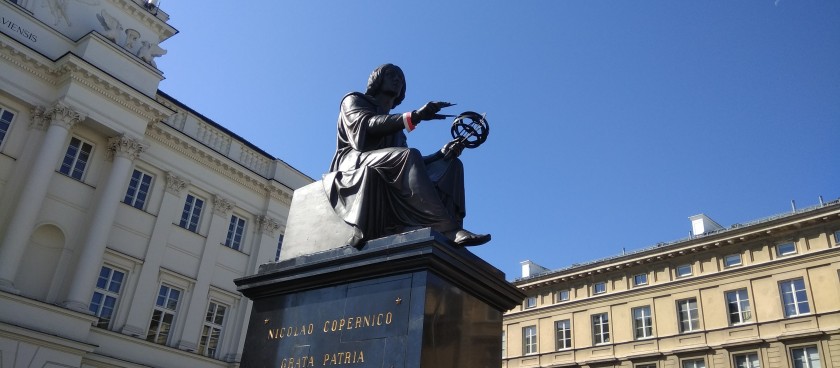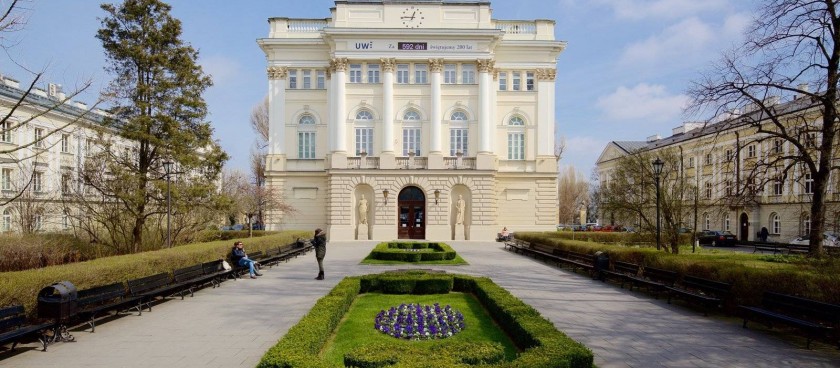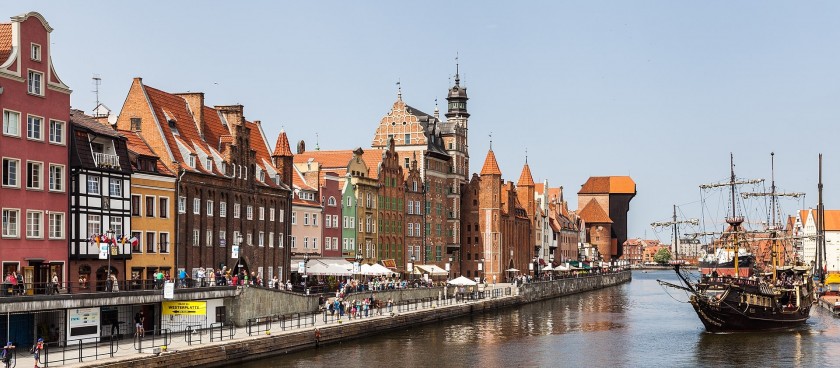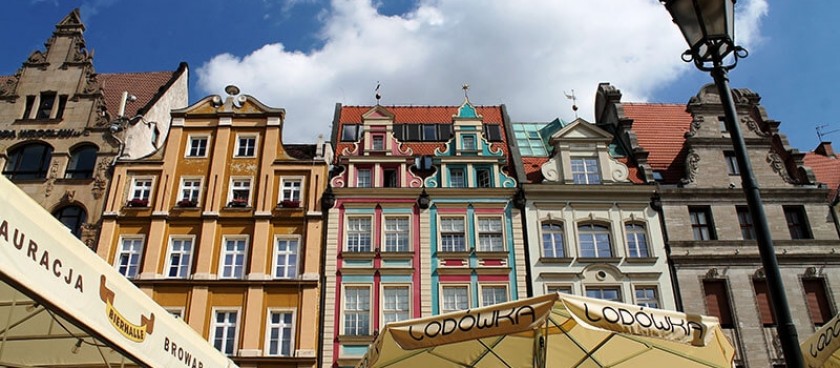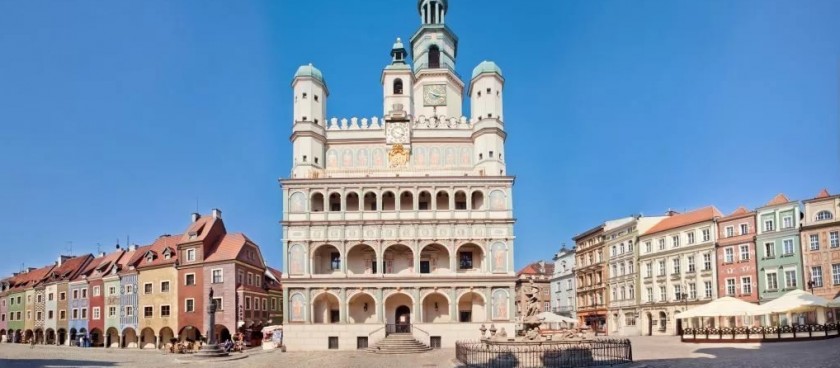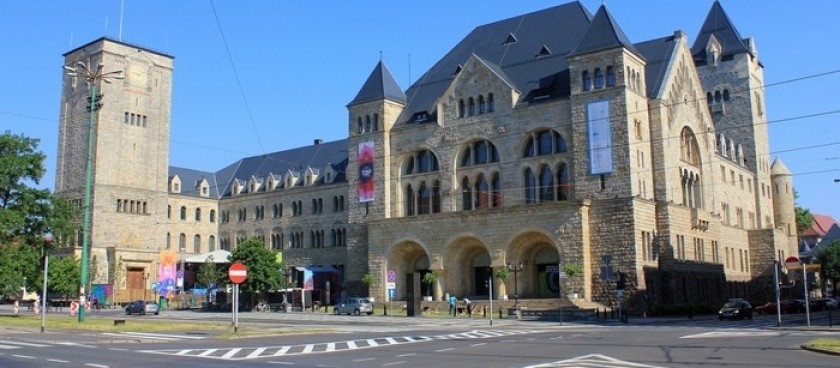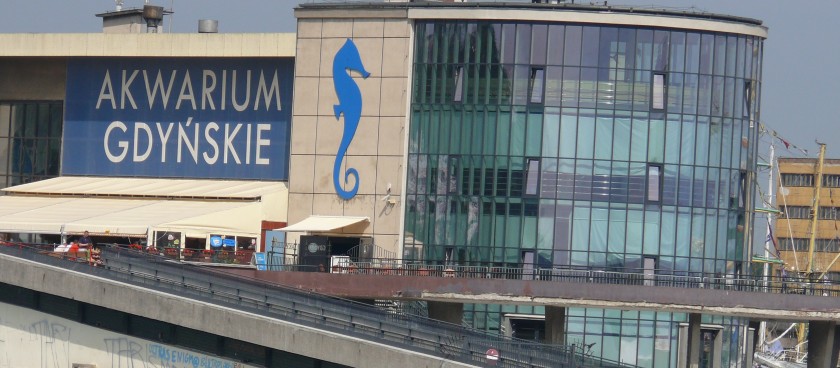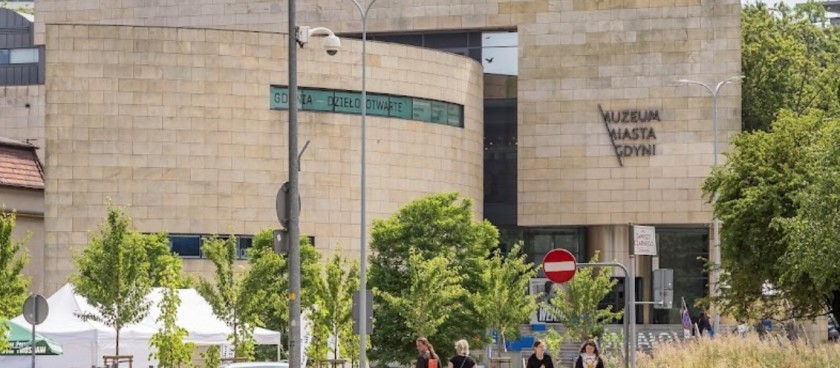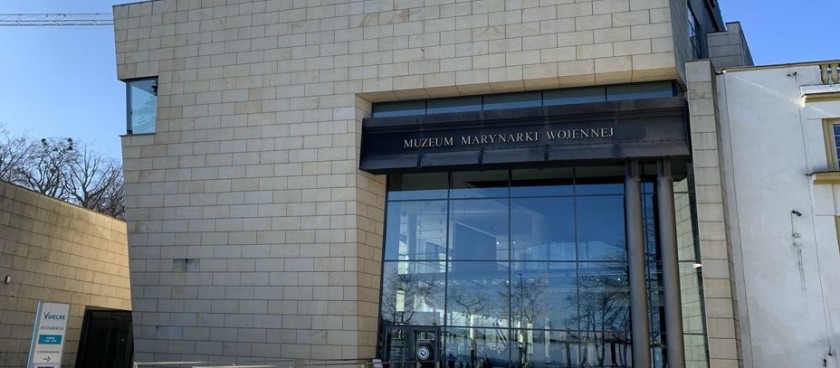Best Cities to Visit in Poland
There are 47 places to visit in POLAND at the moment 47Introduction
The mildly temperate and picturesque country of Poland has cities such as Kraków, Gdańsk and dynamic and earthy Warsaw too. There are plenty of woods, rivers, lakes and hills, but these are not the best places to visit in Poland alone.
Let’s look at some of the most more essential things to see in Poland as well as all the essential details on the culture, climate, and economy of the place.
Location and climate
While some in the country might say the best time to visit Poland is always, Poland’s tourist attractions and its most beautiful places that are more off-the-map are nothing without fine weather. Fortunately, the country has much fine country and much not-so-fine weather. The climate in Poland is continental, with cold winters, often below freezing (0 °C or 32 °F), blowing north-easterly wind down from the Arctic circle but thankfully warm summers.
The climate is milder along the northern coast, overlooking the Baltic Sea, while it becomes progressively more continental going to the south, where there is a larger distance from the sea. Lublin Winter, from December to February, is cold throughout the country. Snow falls over the mountainous areas of the Sudetes and the Tatras in the south of Poland (mid-December to April) making them naturally more chillier places.
The maximum temperature in Warsaw in July can reach 24 °C in July while the highest in Gdansk, by the Baltic coast, in July can be 22 °C.
In Zakopane, a popular snow and ski town, 2,800 ft above sea level, temperature ranges on average from -5 °C (23 °F) in January to 15 °C (59 °F) in July. At higher altitudes, 6,500 feet above sea level, it can go from -9 °C (16 °F) in January to 7.5 °C (45.5 °F) in July.
The highest point in Poland is Mount Rysy, 8,212 feet above sea level, near the Slovakian border
The average temperatures of Mount Sniežka, the highest among the "Giant Mountains" (or Karkonosze), located 5,300 ftin the southwest of the country, at the border with the Czech Republic are a minimum of -8 °C in December and 7 °C in July.
Most interesting places and things to do
The following is by no means a full run-down on the most beautiful places in Poland – it is just some of them. Like many places in the Baltic, especially Tallin’s Old Town in Estonia, Gdansk, a medium-sized town, has managed through the wars to preserve much of its medieval old town: an old Hanseatic town which continues much of the middle Saxon character you might find in Northern German towns, Lithuania, Lativia, or Estonia.
Dlugi Targ (the Long Market), is a wide 13th century merchant road now hosts to one of the main sites of tourist restaurants and bars. It runs from Targ Weglowy (Coal Square) to the canal channels.
Back when the Gdansk was known as Royal City of Danzig the street was inhabited by the most prominent and the most wealthy citizens of the It was also a place of executions of witches heretics and criminals that were nobles or city's citizens.
Nearby in the main city, there are a number of recommended eateries that offer authentic Polish cuisine like Teatralna, or Brama Straganiarska, where there are restaurants famed for their Kashubian cuisine, an ethnic group in north-central Poland.
Some other things to see in Poland include one of its best cities: Warsaw, which was the last home of the Polish royal family and the site of the 1944 uprising against Nazi occupation. Today, it is the centre of much of the higher educational activity in the country, as well as a vibrant cultural space attracting new business whilst trying to hold on to its past. There’s a large zoo with than 500 species, of which nearly 50 are covered by the European Endangered species Programme (EEP). A low-slung and spacious city, bar one or two new tall buildings, the capital sits on the Vistula River with a population just below two million permanent residents.
Trakt Królewski (‘The Royal Route’) is without a doubt the most impressive quarter of Warsaw, five connecting streets on which many significant heritage buildings and monuments are located. It starts on the edge of the Old Town and continues for almost a kilometre. After touring the UNESCO-listed Old Town, walk along Krakowskie Przedmieście street (where the University of Warsaw’s campus, Church of St Anne, Nicolaus Copernicus’ monument, and the Polish Academy of Sciences are), then onto the up-scale Nowy Świat street (lots of bars and cafés), down Aleje Ujazdowskie and end up at the well-known Royal Łazienki Park.
Administrative divisions, demographics
Since around 2000, the population has maintained relatively stable, after rising sharply in the post-war period. According to Statistics Poland, about 38 million people live in Poland, however, the number of residents living in the country all the time is approximately 37,200,000; with around 1 million people living abroad for six months or more. It means that the permanent population may be smaller.
In the 21st century many Poles migrated following Poland's joining on the European Union in 2004 and the opening of the EU's labour market; with approximately 2 million, mostly young, Poles taking up jobs in the European Economic Area (EEA). However, many have returned, especially followed the growing strength of the Polish economy and Britain’s decision to leave the EU in 2016.
Communications
Polands’s phone code is +48. To call Poland from outside the country, press the international access code (00), then enter Poland country code (+44), then the nine-digit mobile number.
Unhelpfully, there are 49 area codes in Poland. You will need to know Poland Area Codes to make an international call to Poland from United Kingdom. These can be found here.
Food and drinks
Polish food and drink is a hearty fare. Zurek is a popular Polish soup, typically served as a starter, that contains stock, bacon, onions, mushrooms and sour cream as well as kwas (a kind of fermented rye).
For something in a similar, if not more filling, fashion, there’s bigos, a traditional Polish stew. Bigos is made from sauerkraut and meat (usually kielbasa). Gulasz is another popular stew that has meat, noodles and potatoes and served with paprika for a powerful kick.
Another firm staple is the Pierogi: Polish dumplings, not unlike variance on the dumpling found all across Eastern Europe and Asia, that are filled with various ingredients including potatoes, meat, cheese, mushrooms, sauerkraut, and more, served with sour cream. There is also a sweeter kind that is packed with fruits and dusted with sugar.
There are several varieties of Kielbasa, the Polish sausage, making it easy to find to every supermarket and Golabki which are found across Eastern Europe and Russia under different names. These are cabbage rolls that are filled with meat (pork or beef), chopped onions and rice. A spicy tomato sauce traditionally comes with it.
Tea is almost a popular a drink in Poland as beer is. The former is often served with a lemon slice or with sugar. As mentioned, Poland is known for its vodka and for its beer. Vodka, or wódka, has been made in Poland for centuries and comes in many different varieties. Customarily, Poles don’t mix vodka with anything, instead preferring to drink it neat. The drinking age is 18.
It is important to know that providing a tip of 10-15% for good service is welcome in Poland.
Economy, culture, foreign relations
Contrary to popular misconception, Poland does not yet use the euro. The official currency is the złoty (PLN), which is divided into 100 groszy. The zloty is available in the following denominations: with notes it’s 10, 20, 50, 100, 200 and 500 zloty and with coins it’s 1, 2 and 5 złoty and 1, 2, 5, 10, 20 and 50 groszy (coins <1 złoty). Euro adoption will require the approval of at least two-thirds of the Sejm (lower house of the two-chamber parliament of Poland) to make a constitutional change from the official currency from the złoty to the euro.
Poland has one of the lowest costs of living in Europe if you’re thinking of moving there for an extended stay. Daily expenses are significantly higher for those living in larger cities such as Warsaw and Krakow. While salaries are lower compared to other places in Europe, if you’re moving to Poland with a family, school fees and childcare are more reasonable too.
A one-bedroom apartment in city centre (monthly rent in a good area) in cities such as Warsaw and Krakow are around 2,930 PLN (785 USD as of Feburary 2021) while a one-bedroom apartment outside city centre is around 2,200 PLN (589 USD). While prices vary across Poland these were the average costs for Warsaw in October 2020.
Generally, Polish culture is quite generous, and people are pleasant and motivated by chivalrous feeling. They often help one another even if it means a great effort. Individuals also dress neatly and may display their religion visibly.
Catholicism is deeply braided with Polish culture and society, and religious festivals are often marked by a public holiday. If visiting a church, you’ll be expected to behave respectfully and dress formally. Poland remains a country where the population is largely, culturally homogenous: white and Polish speaking. People who do not have these physical and linguistic characteristics may find that they’re stared at and whispered about, especially in the countryside or among those who older. It is unlikely that any harm will come of this though.
This may sound like a slightly conservative culture and it would be true. However, Poland was ranked 13th of the best places to be an expat in the HSBC expat League Table according to a selection by 18,000 expats.
In the same HSBC league table, Poland ranks 2nd globally in the “Ambitions” category focusing on career and financial factors. As one of Europe’s fastest-growing economies reporting among the EU’s highest GDP growth rates in recent years, the country is also quickly rising to become one of the most attractive destinations for foreign investors in Europe.
Not only is Poland the sixth best country in the world to invest in this year, according to the The 2019 Best Countries to Invest In Index, it also stands out as the tenth best country in the world to start a career.
Poland is a member of the European Union and NATO, among others and is allies with Germany, France, and the UK, among its Baltic neighbours. Poland holds a great deal of influence in Central and Eastern Europe politics and is a ‘middle power’ in international affairs. On the whole, Poland is keen to escape the shadow left on the country left by the Second World War and Soviet Communism.
